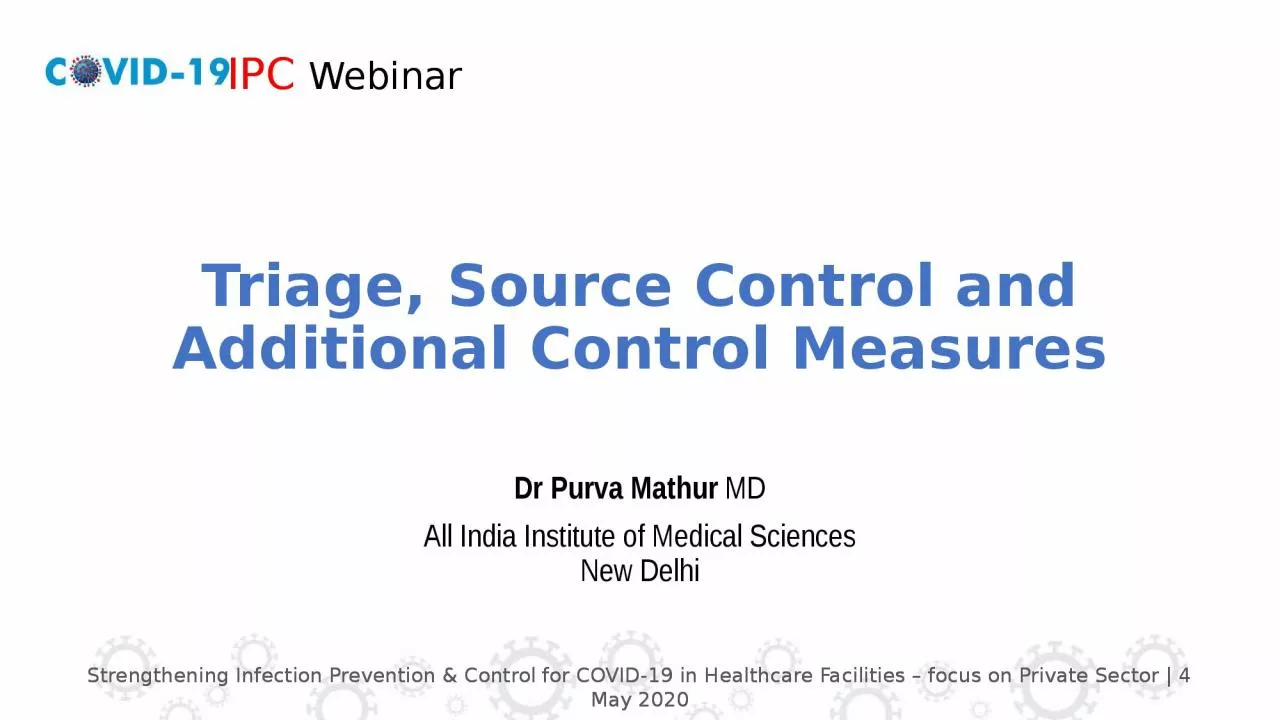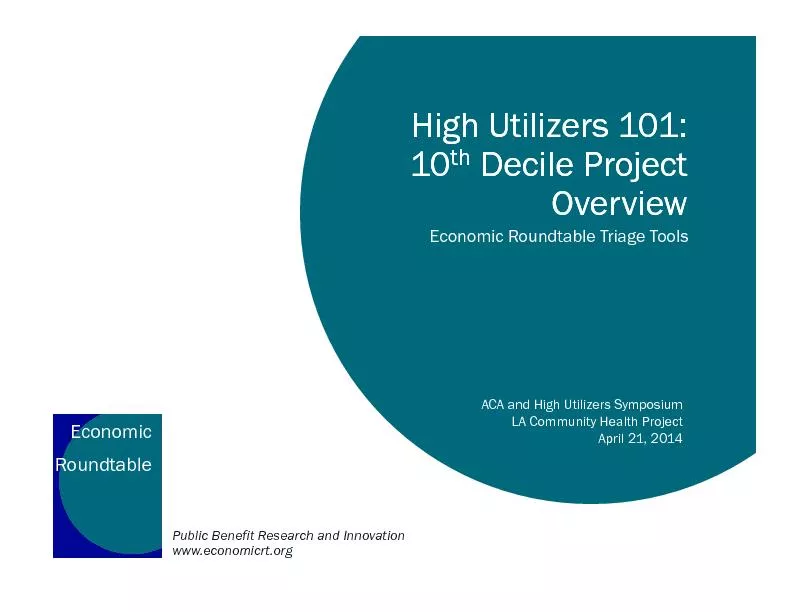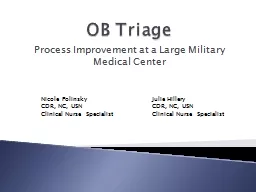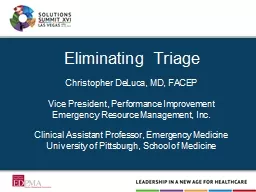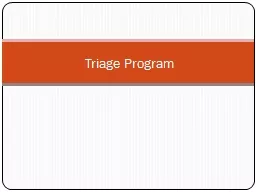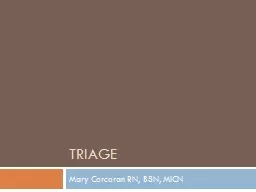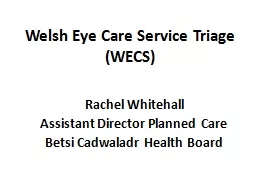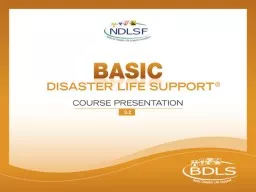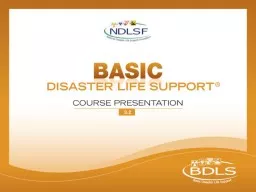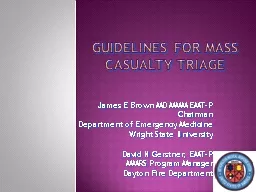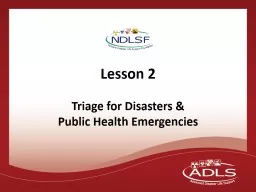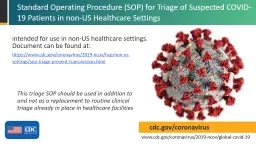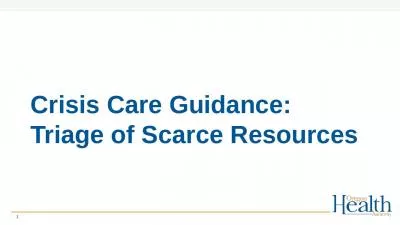PPT-Triage, Source Control and Additional Control Measures
Author : williams | Published Date : 2024-01-29
Dr Purva Mathur MD All India Institute of Medical Sciences New Delhi IPC Webinar Strengthening Infection Prevention amp Control for COVID19 in Healthcare Facilities
Presentation Embed Code
Download Presentation
Download Presentation The PPT/PDF document "Triage, Source Control and Additional Co..." is the property of its rightful owner. Permission is granted to download and print the materials on this website for personal, non-commercial use only, and to display it on your personal computer provided you do not modify the materials and that you retain all copyright notices contained in the materials. By downloading content from our website, you accept the terms of this agreement.
Triage, Source Control and Additional Control Measures: Transcript
Download Rules Of Document
"Triage, Source Control and Additional Control Measures"The content belongs to its owner. You may download and print it for personal use, without modification, and keep all copyright notices. By downloading, you agree to these terms.
Related Documents

